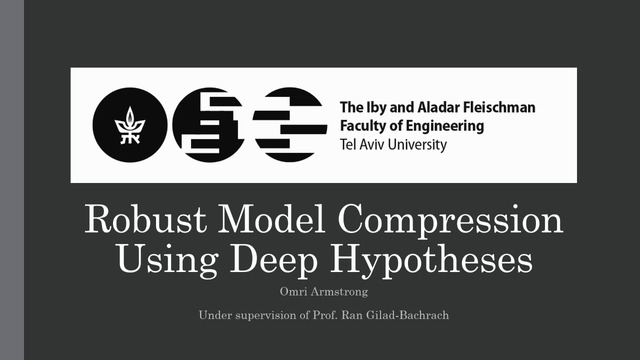Abstract:
Recently there has been increased interest in using machine learning techniques to improve classical algorithms.
In this paper we study when it is possible to construct compact, composable sketches
for weighted
sampling and statistics estimation according to functions of data
frequencies. Such structures are now central components of
large-scale data analytics and machine learning pipelines. Many common
functions, however, such as thresholds and
$p$th frequency moments with $p>2$, are known to require polynomial
size sketches in the worst case. We explore performance beyond the
worst case under two different types of assumptions. The first is
having access to noisy \emph{advice} on item frequencies. This
continues the line of work of Hsu et al.~(ICLR 2019), who assume
predictions are provided by a machine learning model.
The second is providing guaranteed performance on a restricted class of
input frequency distributions that are better aligned with what is
observed in practice. This extends the work on heavy hitters under Zipfian distributions in a seminal paper of Charikar et al.~(ESA 2002).
Surprisingly, we show analytically and empirically that ``in practice'' small polylogarithmic-size sketches provide
accuracy for ``hard'' functions.









































